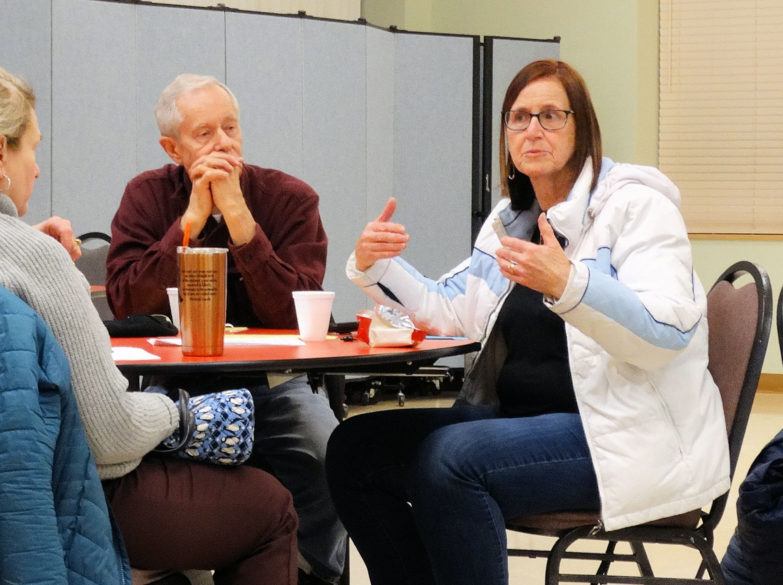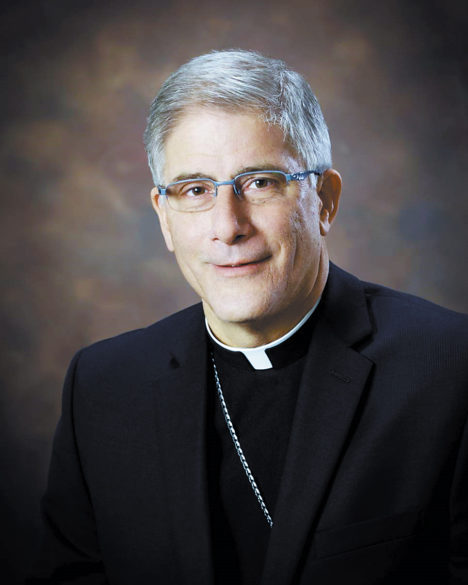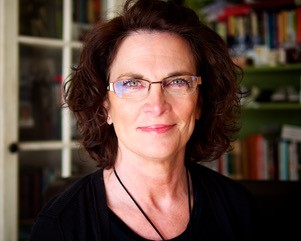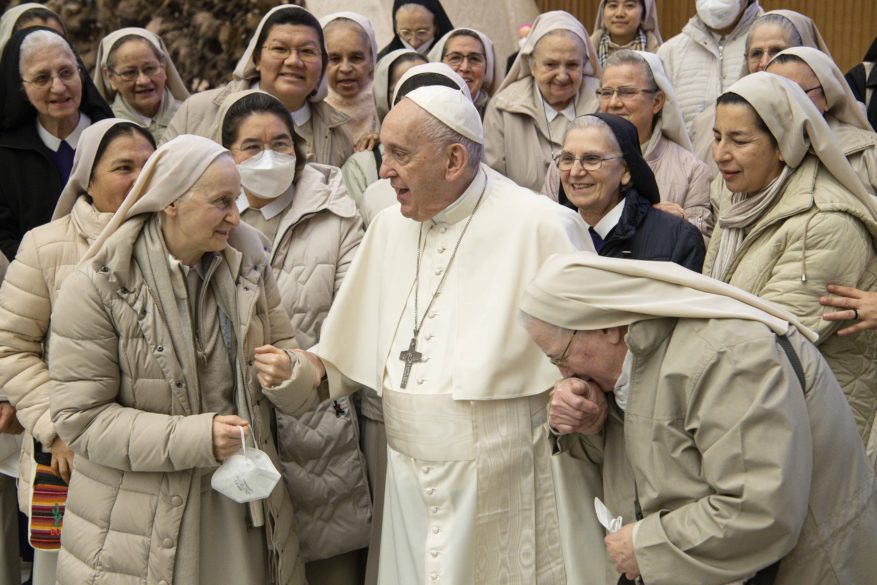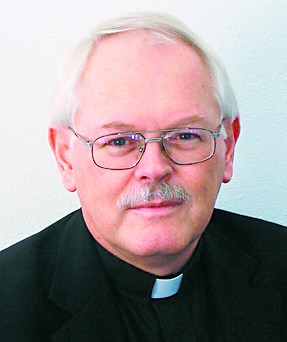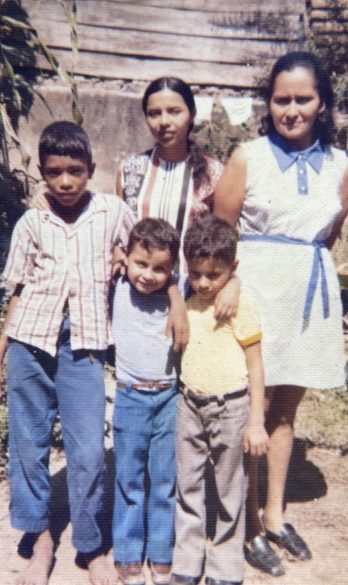By Laura Grisham
SOUTHAVEN – If you have attended, sent your children to, or simply visited Sacred Heart School, you know Sister Margaret Sue. Sister Margaret Sue Broker, OSF, is, as they say, the stuff of legend. She quietly goes about her work each day with the purpose of making the school — and each child that passes through its doors — great. Sister has been doing this for more than six decades.
Upon entering School Sisters of St. Francis, the once shy and quiet Sister Margaret Sue wanted to work in an orphanage and cook. Instead, her first year on mission was teaching the third and fourth grade at Our Lady of Victory School in Chicago. The next year she taught at St. Mary’s, a small school in Pine Bluff, Wisconsin. But just as her second year at the little rural school was to begin, her road to teaching took a turn south.
“The night before I was supposed to go back to Pine Bluff, I was called in and told to tear up my obedience slip for that year. I would, instead, be going to Mississippi,” said Broker.
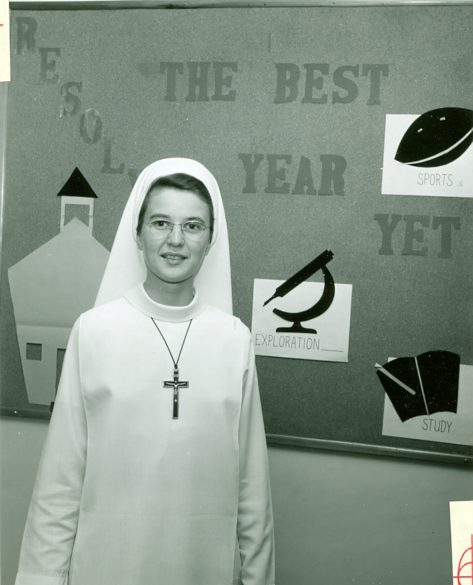
Sister Margaret Sue arrived at Sacred Heart School in 1961. At that time, every elementary teacher was responsible for 45 students and two grades, a far cry from the intimate class settings of today.
Class size is not the only thing that is different at the school. Sister Margaret Sue has seen many changes through her years at Sacred Heart. Tuition at the beginning of her tenure, for instance, was only five dollars per month, per family.
“During my early years we had children who lived in homes that had no running water and heat was provided using old oil drums,” Sister recalled. “And many of our parents back in the day had third grade or less of education. That has definitely changed.”
Over the years Sister has taught some class or another in every grade. She has taught first through fourth grades full time, sixth-grade religion and English, and library for the lower grades. She has been curriculum director and even the principal during her time at the school. Today, Sister Margaret Sue teaches Pre-K through second-grade religion classes, but she is quick to tell you her favorite.
“By far, first grade has been my love and that is what I have taught most of my life. That is where you see those marvelous ‘aha’ moments when the rose buds open wide into marvels to behold.”
Broker is also Sacred Heart School’s official green thumb. The school’s courtyard and vegetable garden are a delight to students, faculty and visitors alike … and at the center of it all is Sister Margaret Sue. Her love of all things green is no secret. She lovingly tends to the gardens and takes great pleasure in sharing her ecological knowledge with the children.
Looking down memory lane, Sister Margaret Sue has many things she holds dear. Cooking with her first graders in the convent kitchen ranks near the top, as do the “hootenannies” in the gymnasium and the all-school musicals. Wrangling 90 or so first and second graders together for art classes might seem a little daunting, but for Broker and Mrs. Stanford, her fellow teacher at the time, it was just another occasion that is looked back upon fondly.
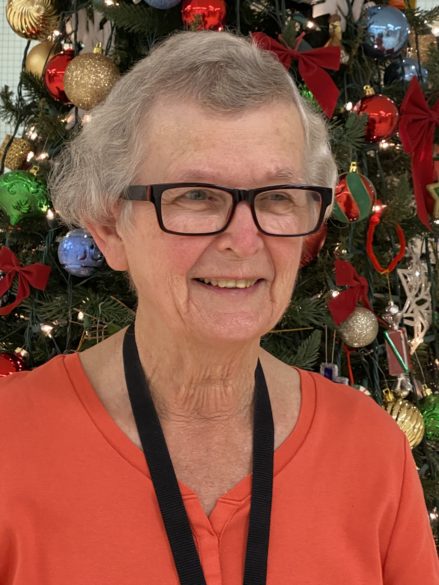
Generations of students also look upon Sister Margaret Sue fondly as well. It is easy to see why she is held in such high regard. Teaching and caring for students is not only second nature to her, but also a deeper calling, a prayer lived each day. In a reflection written for an issue of Dehonian Spirituality a few years ago, she shared the following:
“When I console, encourage, or bring a child to an ‘aha’ moment, I nurture the spirit. When I get and give a hug; when I sit with a child and study flashcards; when I guide the hand in forming a letter; when I write out my lesson plans; when I dictate words or numbers; or when I do the thousands of acts of teaching, I am dealing with the physical or corporal. If I do it well, in a compassionate, joyful, loving, merciful way, I nurture the spirit. The act of teaching is an amazing corporal and spiritual work of mercy.”
Several times during her first 20 years at Sacred Heart, Broker was reassigned to Honduras, but each time the order was changed to stay in Walls. Eventually, the School Sisters of St. Francis were given the choice of whether to stay or transfer. It is pretty obvious what her choice was. “No, I never figured I would be here more than six years … I fell in love with the people, the school, the area, the children, and here I am in my 61st year. It has been a short time as far as feelings go. I have never been bored, or wondered about how long it has been. It has just been love at first sight … and ever after!”
To the many children she has taught over those 61 years, she says, “To all my former students, my wish is that they be happy; that they remember the fun learning times and not the hard ones, nor the fussing; that they always keep their hands a little dirty in God’s good earth and that they model the joy of learning.”

